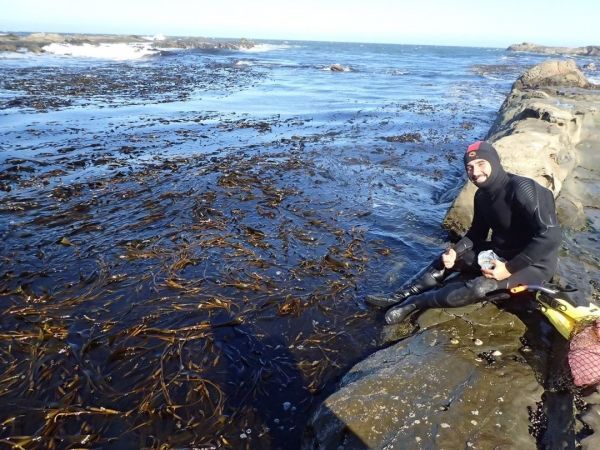When a marine heat wave hit California’s coast in 2014, it brought ocean temperatures that were high for Northern California but fairly normal for a Southern California summer. Much of the giant kelp in the north died in the heat wave, while southern populations survived.
Jordan Hollarsmith was a National Science Foundation Graduate Research Fellow at the UC Davis Bodega Marine Laboratory at the time. She wondered why the same species would respond so differently to similar conditions, and what that might mean for the future of giant kelp under climate change.
Hollarsmith’s study, published in the Journal of Experimental Marine Biology and Ecology, examines how giant kelp may respond to increased ocean warming and acidification. The authors investigated the reproductive success of giant kelp populations in Northern California, Southern California and Chile by exposing them in a laboratory to a range of temperatures and pH levels.
Read more at University of California – Davis
Photo: Researcher Jose Luis Kappes prepares to enter a dense Chilean kelp bed to collect reproductive fronds. (Jordan Hollarsmith, UC Davis)


